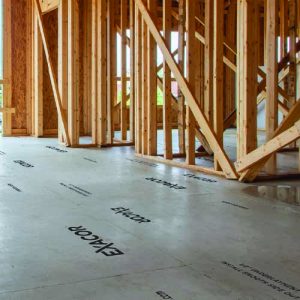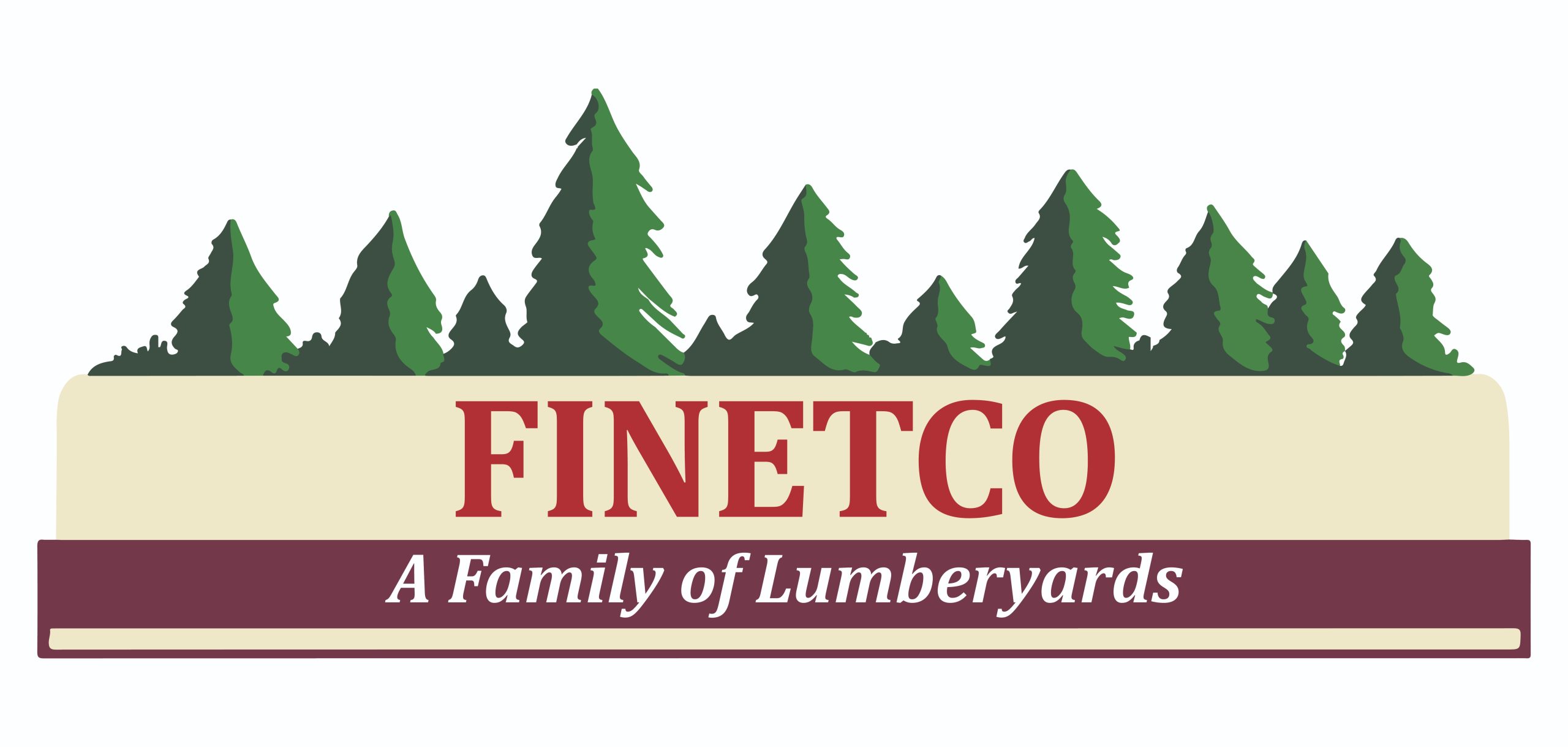
Multifamily buildings must meet code requirements for fire resistance between dwelling units, both horizontally (i.e., side by side) and vertically (i.e., above and below). They also need to meet requirements for acoustical performance such that sound transmission between dwelling units is controlled or minimized. The divisions between dwelling units can vary depending on the types of materials and products used in floor and demising wall assemblies.
Beginning around 2010, a new panel product emerged as an exciting alternate to traditional self-leveling gypsum underlayments. Made primarily from magnesium oxide (MgO), it is similar in many regards to a cement panel product. MgO products are manufactured by combining mesh core materials with an MgO blend that hardens during a controlled curing process. This process allows the boards to become solid, much the same way that a cement slurry mixture becomes a hardened concrete material. EXACOR™ MgO panels are fire resistant, contribute to enhanced acoustic performance and they can be installed by conventional framing crews. When EXACOR™ is used on top of a subfloor assembly it creates a smooth, structural base for floor coverings that can eliminate the need for gypsum underlayment.
What has led to the development and use of MgO boards in buildings? Primarily the fact that it is a demonstrated alternative to some other traditional products and offers some compelling characteristics. Two traits in particular are especially relevant to using MgO boards in multifamily buildings: fire resistance and sound absorption.
EXACOR MgO Boards for Fire Resistance in Multifamily Buildings
Inorganic materials typically do well with providing fire resistance, and that is the case with EXACOR MgO boards too. MgO boards can provide fire resistance as part of a floor/ceiling assembly.
There are a few key tests used to determine the fire resistance of the panels, including:
- ASTM E84/UL723: Standard Test Method for Surface Burning Characteristics of Building Materials determines the reaction of a product in simulated fire conditions and measures how the product reacts to and carries flames as well as the amount of smoke that develops.
- ASTM E119: Standard Test Methods for Fire Tests of Building Construction and UL 263: Fire Tests of Building Construction and Materials determine fire resistance ratings in hourly ratings, such as 1-hour rated, 2-hour rated, etc., for wall or floor assemblies.
EXACOR MgO Boards for Sound Absorption in Multifamily Buildings
In multifamily buildings, sound transmission between dwelling units is understandably a significant design issue. In an ideal setting, the only sound that we would hear inside would be the intentional ones. But, we all know that unwanted sound or background noise can be heard between walls or floor/ceiling assemblies. Such sound intrusion can create a lack of privacy or disrupt the normal activities of the people inhabiting the dwelling units, resulting in tenant turnover.
MgO panels offer a means to provide enhanced acoustical performance.
While a certain amount of background noise is commonplace, excessive background noise can seriously degrade the ability to understand speech, listen to music or, most notably, to sleep. Based on all of this, the design and building trades have routinely sought out effective methods, materials, and assemblies that can reduce or control noise intrusions into dwelling units. The International Building Code (IBC) has consistently set the minimum threshold for airborne sound transfer in common interior walls, partitions, and floor/ceiling assemblies as no less than a Sound Transmission Class (STC) rating of 50 for laboratory determined levels and 45 if field tested. Similarly, the IBC calls for a minimum structure borne sound transfer in floor/ceiling assemblies as no less than an Impact Insulation Class (IIC), or how a floor/ceiling assembly transmits impact sound, of 50 for laboratory determined levels, 45 if field tested.
To reach the STC and IIC levels that are either minimally required, acceptable or preferred by the designer, especially in wood framed construction, attention to detail and material choices is required. In conventional terms, that can mean adding sound-deadening material, adding more sound reflective material or other offsetting components to achieve the intended results.
EXACOR MgO panels offer a means to provide acoustical performance in certain floor/ceiling assemblies[2]. The ability of materials to transmit, absorb, or reflect sound waves is directly related to their makeup. Floor/ceiling assemblies with MgO panels have been tested and shown to provide very favorable performance, that can meet STC-60 ratings and IIC-56 ratings.
A Streamlined Approach
EXACOR MgO panels can help with fire resistance and reduced sound transmission in a simple in a floor/ceiling assembly, streamlined approach. As a structural panel, it can be used as an alternate to gypsum underlayment. As EXACOR panels are installed by framers, they eliminate the need for a separate gypsum underlayment crew and their scope of work. Additionally, unlike gypsum underlayment, which is poured after the exterior and interior walls are in place, MgO panels can be part of the assembly, assisting with their efficacy in sound and fire ratings. With this MgO material option, multifamily sites may find optimum time savings and fire-rated and sound absorption performance in the finished product.
Learn More About MgO Panels
MgO panels offer multifamily builders a time-saving, high-performance material that delivers fire and sound benefits. However, not all panels are equal. Made of MgO and an integrated mesh core, EXACOR™ panels are designed for structural performance and fire resistant needs making them a streamlined solution for a smooth, structural base for floor coverings that can eliminate the need for gypsum underlayment.

